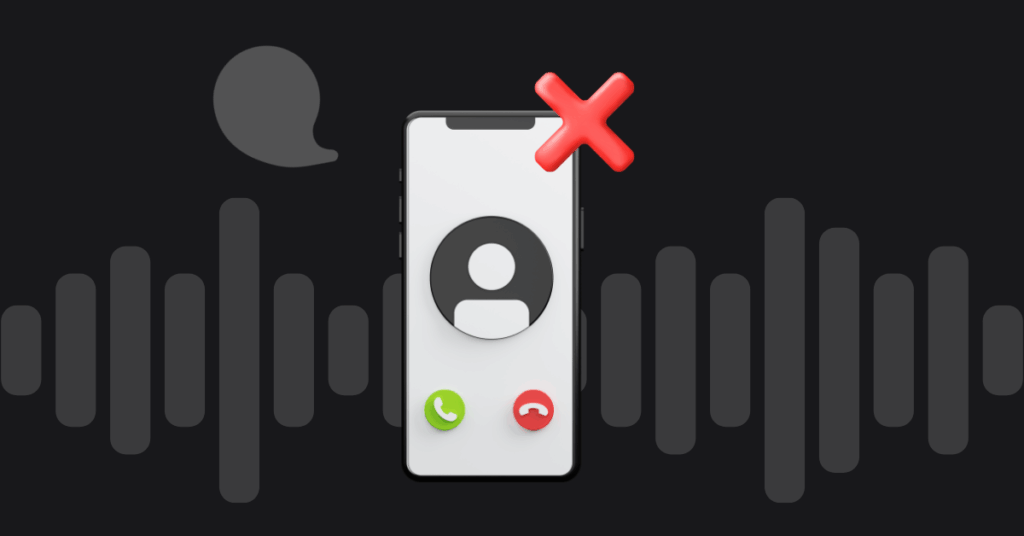
Table of contents
One of the reasons people and businesses often delay upgrading to the latest technology is the difficulty of learning and understanding the technical jargon involved. In the case of consumers, lack of technical knowledge is not a barrier to actually using new products or services. For instance, not many people understand HTTP or SMTP protocols but they are able to use the Internet and send email just fine. However the same cannot be said of organizations that intend to use these technologies.
A business that wants to upgrade to VoIP can simply purchase hosted services and call it a day. But unlocking advanced features and the full potential of VoIP requires at least a basic understanding of the underlying technology, protocols and how it works. Of course not every employee within the organization needs this knowledge but the managers and personnel in charge of deploying it need to know the fundamental pieces.
What Is a VoIP Codec?
A basic piece of the infrastructural network of VoIP is the humble codec. Codecs are algorithms (or in simpler words, programs) that are used in many cases including audio and video editing, movie capture, streaming video, encryption software etc. In the case of VoIP, codecs serve an important function – they enable the conversion of analog voice signals into digital packets that can be sent over the Internet.
Codecs can be installed just like regular software on computers but are more commonly embedded into hardware equipment such as ATAs, VoIP phones etc. For the most part, the end user never has to know about the particular type of codec being used or its function. However if the wrong codec is chosen for a particular situation or use case, voice quality can quickly deteriorate – especially when the network is congested and bandwidth is scarce.
What Does a Codec Do?
Theoretically speaking, codecs can perform three functions:
- Encoding and decoding
- Compression and decompression
- Encryption and decryption
VoIP codecs generally accomplish the first two and it is very rare for a particular codec to perform all the three functions simultaneously. One part of a codec’s job is to convert the human voice into digitized packets that can be routed over the Internet just like any other form of media. These voice packets can be flagged with a higher priority through QoS settings to enable them to pass through firewalls or other border equipment quicker. This is often necessary to ensure that audio does not get dropped during calls. As far as this aspect goes, most VoIP codecs perform the job adequately.
The main difference between the various types of VoIP codecs used by providers comes from the way they compress audio. Why does audio have to be compressed in the first place? This is because transmitting audio requires a lot of bandwidth. Bandwidth can be a scarce or expensive commodity for organizations and compression saves quite a bit of space. Efficient compression requires less bandwidth and this can affect capacity planning and the long term investments for a company.
The Trade Off between Compression and Quality
There is an inverse relationship between the amount of compression performed and quality of the audio. The greater the compression, the lower the quality of the resulting stream or file. This holds true for most conversions (between files, formats or media containers) and especially for VoIP. For instance MP3 audio files are compressed files that lose quite a bit of data from the original. But the resulting clarity is enough for most people thus constituting an acceptable trade-off between saving space and audio quality.
Similarly some VoIP codecs preserve the original quality of the voice signals but require higher bandwidth and/or processor power. On the other hand, there are other codecs which utilize heavy compression to save bandwidth. This is a primary reason why the discussion of which codec to use becomes important. Many codecs have been developed specifically for certain use cases and using them under the wrong circumstances can be a mistake.
Usually when the audio quality is good, organizations rarely have to bother about which codec is being used by the provider. However if their network is properly optimized and all other aspects of the system are set up properly but quality is still bad, the codec deployed may be the culprit. It is why most businesses rarely have any idea or inquire about the particular codec being used before purchasing services. A little forethought when researching and comparing vendors can save a lot of trouble down the road.
Which Codec to Use?
Unfortunately, there is no perfect codec that is acceptable for all enterprises under all circumstances. Some high-quality codecs require licensing fees whereas others are open source, some offer better quality while others use less bandwidth. All of these aspects will affect the final choice of codec selection by a provider, client or organization.
More from the blog
Want to improve your business communication?
Unlock enterprise-class call center power at affordable prices – no hardware, no delays, no surprises!






